A storm was brewing off the coast. The wind picked up quickly as we walked back to the condo. So much so that I really had to lean into it to keep moving forward! The crashing surf was loud and powerful. The sky was gray but still beautiful. We couldn't wait to get out to the beach the next morning to see what the storm had churned up. It was a beautiful morning, cool but calm. We started walking the beach toward Stump Pass, happy as clams. There were shark's teeth & shells everywhere! It was easy pickings but slow going to our favorite "hot spot" on Stump Pass Beach. One step forward, find a goody, two steps forward, fill a pocket. We moved at a snail's pace for about 1/2 a mile until we reached our hot spot. Holy heaps of shells!! We couldn't believe our eyes! We spent hours combing through the piles of shells filling our baggies & pockets with shark's teeth, seashells, corals, fossils & sea glass. "One cannot collect all the beautiful shells on the beach, one can collect only a few, and they are more beautiful if they are few." Anne Morrow Lindberg That morning we found more sea treasures on Manasota Key than we had found everywhere else combined. Jason was the big winner of the day. While I was focused on finding shark's teeth he was turning up the BIG finds! Cockles & Mussels, Alive, Alive, Oh! Jason found live sea creatures washed ashore too. An Atlantic Giant Cockle & a tiny Hermit Crab. We snapped a quick photo & carefully placed them back into the sea. Mother Nature's helpers, Pillywiggins are always ready to lend a helping hand! Every Seashell Has A Story This conch shell belonged to my Grandma Curtis. She kept it on display in her living room. I was a very young girl but I can still remember Grandma holding it to my ear to listen to the ocean. The conch belongs to me now. I too keep it on display and every so often I will still hold it to my ear to listen to the ocean. This beautiful shell is a Florida Horse Conch. It found its way to our home through our dear friends Jim & June. Horse conchs are saltwater snails. Growing up to 2 feet in length, Horse conchs are the largest gastropod mollusk in North American waters & the second largest in the world. It's also the State Shell of Florida. If you can't find it...Buy It! We couldn't leave Florida without a few sea treasures for the kids on our list. We divvied up our findings then headed out to the shell shops to find the shells we hadn't found on the beach. Starfish & sand dollars rounded out our collection. We purchased these beauties from Sheryl's Shell Shop in Englewood, FL. It's a lovely shop full of beautiful seashells, corals, starfish & sand dollars. Local & exotic. There's also an impressive amount of art made with or inspired by sea life. We purchased a few of the Christmas ornaments below. Sheryl's offers resin art classes several times per week too. When I inquired, I was taken into a back room & shown several works in progress. It was so cool. I wanted to sign up but we only had a few short days left of our Florida adventure. I took a business card instead...there's always next year! "The sand will brush off, the salt will wash clean, the tan lines will fade,
but the memories will last forever." Unknown
0 Comments
The mixed group below is made up of mostly Royal & Least Terns. Royal Terns are the 2nd largest of the tern family. They feed on small fish & crustaceans. Royal Terns fly low & slow over the water looking for prey. Once spotted, they dive in head first to catch their dinner with their long, dagger-like bill. Royal Terns prefer warm, shallow waters. They nest in large colonies on barrier island beaches. The oldest Royal Tern on record was over 30 years old! Least Terns are also diving birds. They dart across waterways & feed mostly on small fish. (Extra points awarded for chivalry. Male least terns bring fish to the females during courtship.) The Least Terns flight is described as "strong, on swift, jerky, rapid wingbeats." They are known to hover above the water before plunging in for their prey. Least Terns share breeding ground with Royal Terns but with only so much beach to go around, Least Terns have also adapted to use flat gravel roofs for nesting. The oldest Least Tern known in the wild was 24 years old. See the big brown bird on the right side of these photos? We haven't figured out what type of bird he is yet. Does anyone know or care to venture a guess? Mixed Company Snowy Egrets Snowy Egrets are small white herons commonly found along the coast. They wade in shallow waters spearing small fish, insects & aquatic mammals. Snowy Egret nest in colonies, often with other small heron, on protected islands. The males & females both take turns incubating their eggs. During the breeding season, Snowy Egret grow long, wispy feathers on their heads, necks & backs. These feathers were prized by the fashion industry. Many Snowy Egret were killed for their plumes. Reforms passed against plume hunting in the early 20th Century helped Snowy Egrets make a come-back. Snowy Egret are known to breed with other herons and have produced several highbreds including Cattle Egrets, Tri-Colored & Little Blue Heron. The oldest Snowy Egret on record was over 17-1/2 years old. Brown Pelicans
Pelicans are fearless dive-bombers. They fly above the water looking for fish then dive head first plunging into the water to stun small fish upon impact. They must have incredible eyesight as pelicans are known to dive from heights of up to 60 feet! A group of pelicans is called a brief, pod, pouch, scoop or squadron. Below is a short video of the squadron I observed fishing at Stump Pass Beach. Sanderlings I wrote about these little birds in our Venice blog post. They're called Sanderlings. Watching them chase the waves on Casperson Beach made me laugh. Sanderlings are members of the sandpiper family. They are migratory birds that spend August-April wintering in Florida before returning to their Arctic breeding grounds. Sanderlings are usually monogamous although females will sometimes breed with multiple males in a row. The oldest sanderling on record lived in Novia Scotia & was 13 years old. Great Egret
Great Blue Heron The Great Blue Herons were my favorite bird of all. They're huge, the largest of the North American heron, and they're not shy at all. We saw this guy almost every day begging for bait & trying to steal fish off off the lines of anyone fishing his turf. Great Blue Heron are on the hunt for food day & night. Their diet consists of mostly small fish but they will eat frogs, snakes, lizards, turtles, insects, rodents and other small birds. Males choose the nesting site to begin their display to attract a mate. Females build the nests with materials the males collect. Great Blue Heron typically nest in trees 20-60 feet above the ground but nests vary widely. Some may build nests on the ground, in low shrubs, or in higher trees up to 100 feet off the ground. A Great Blue Heron's lifespan is approximately 15 years. The oldest on record was found in Texas & was at least 24-1/2 years old. Osprey Nest Osprey build their nests at the top of dead trees but they will also use utility poles & man-made platforms to construct their nests. Osprey return to the same nest each year adding additional materials. Over time, their nests can grow up to 10 feet high. Ospreys live between 7-10 years in the wild although some can live as long as 20-25 years. The oldest osprey recorded in the wild was a European Osprey that lived to be over 30 years old. It's a bird! It's a plane! It's... A Dude on a Hoverboard?!?!? Every day was a new adventure but our evening ritual was always the same. We'd return to our condo, get cleaned up, then hit the beach to watch the sunset before heading out to dinner. Every night it was the same ol' thing...
Yep, this place sure is for the birds! We visited so many interesting places during our Florida adventure you'd think it would be difficult to choose a favorite. It wasn't. Hands down our favorite Florida destination was Manasota Key. Located in Englewood, FL this narrow strip of land separates the Gulf of Mexico and Lemon Bay. Manasota Key was a peninsula that was transformed into a barrier island by the Intracoastal Waterway. It's 11 miles long with a total area of 3.1 square miles, roughly 640 acres. A short walk between the bay & the ocean makes it easy to catch a sunrise or sunset. We planned to spend one week on Manasota Key but loved it so much we stayed for two. We combed the beaches in front of our resorts daily but one particular spot on Manasota Key kept drawing us back, Stump Pass Beach State Park. If you're driving to Stump Pass parking is $3 per car for the day. (Plan to arrive early during peak season.) Stump Pass Beach State Park is open daily from 8 am until sundown. Visitors can enjoy the beach, fishing, birdwatching, hiking, kayaking or paddle boarding on the Gulf of Mexico and Lemon Bay. Stump Pass Beach State Park is a remarkable place, beautiful and so diverse. Five distinct natural communities can be found at Stump Pass. A mile-long nature trail leads visitors through all 5 areas. See if you can spot them in the slideshow below. Beautiful, isn't it? Well, believe it or not, it gets better. Walking the nature trail at Stump Pass is like visiting an informal botanical garden. It's full of Florida natives, complete with plant identification markers! A little off topic but still plant related, I didn't realize Scheffleras bloomed and produced berries. In our neck of the woods Schefflera is a house plant. The Schefflera below is part of the landscaping at the condo we rented. It's not native to this area but it sure is beautiful. I love the look of the multi-colored berries against the variegated foliage.
Interesting facts: Gopher land tortoise spend a great deal of time underground. Their dens can extend up to 50' into the ground. These burrows protect the tortoise from heat, sunstroke & bush fires. It's common for gopher tortoise to share their dens with snakes. In fact, 100 different species of animals are known to take shelter in gopher tortoise dens. During bush fire events, the gopher tortoise's burrows are essential for the survival of the ecosystem.
We hung out on the point for a long time looking for shark's teeth & pretty shells. We took a break from beach combing to watch the birds. That's when we spotted a pair of dolphin in the bay. We were so excited! It was the first time either of us had seen dolphin in the wild. It was fun to watch them pester the fisherman for handouts. We decided to hike the beach back to our condo instead of taking the trail. Of course we did, that's a mile long opportunity to look for more shark's teeth! Along the way we happened upon saplings & sticks decorated with seashells. It made me smile. Guess we're not the only ones who think this place is special. I snapped the photo below on our walk back to the condo. It's now a large canvas that hangs in our home like a vision board. A daily reminder to keep up the hustle so we can return to this wonderful place next winter. Our final few posts will highlight the treasures we found while out beach combing Stump Pass Beach and Manasota Key. Marine & wildlife, fossils, seashells and one incredible night of ocean fluorescence. See you soon!
|
Categories
All
Archives
July 2024
|
A Blog for Art, Garden & Nature Enthusiasts
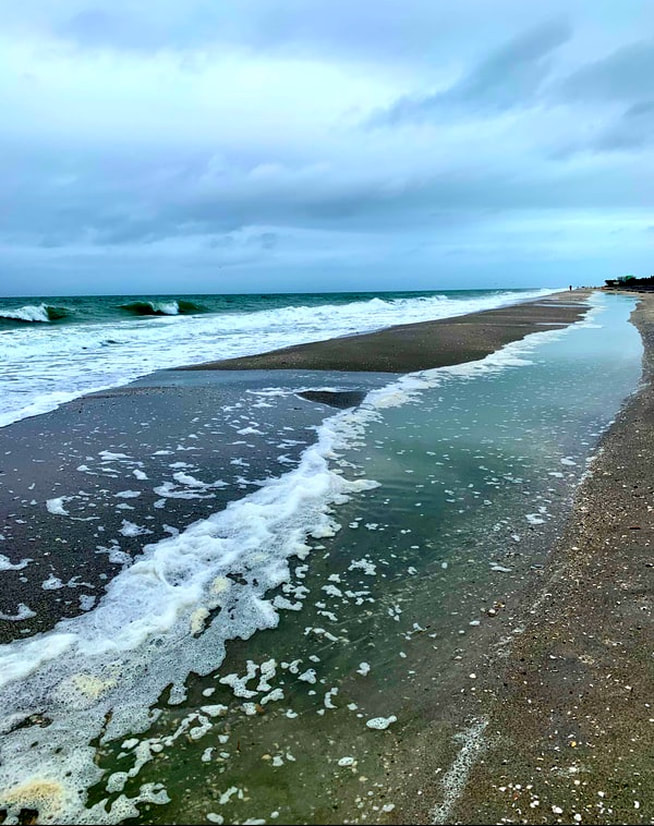
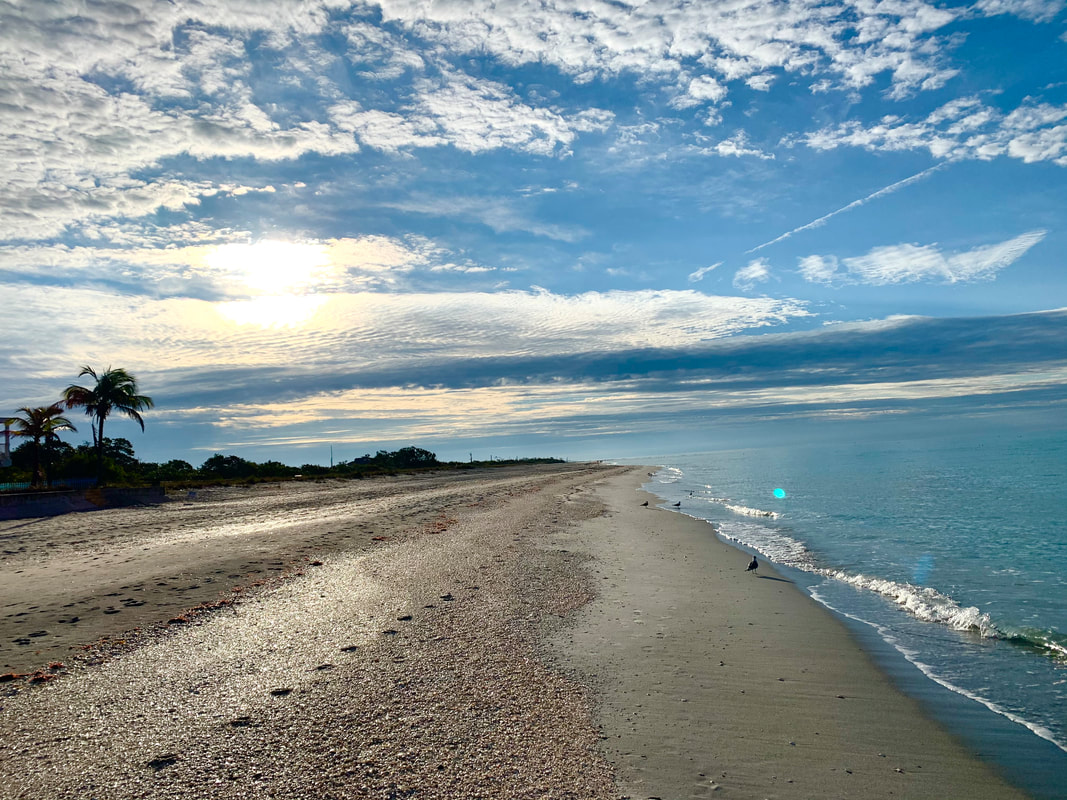
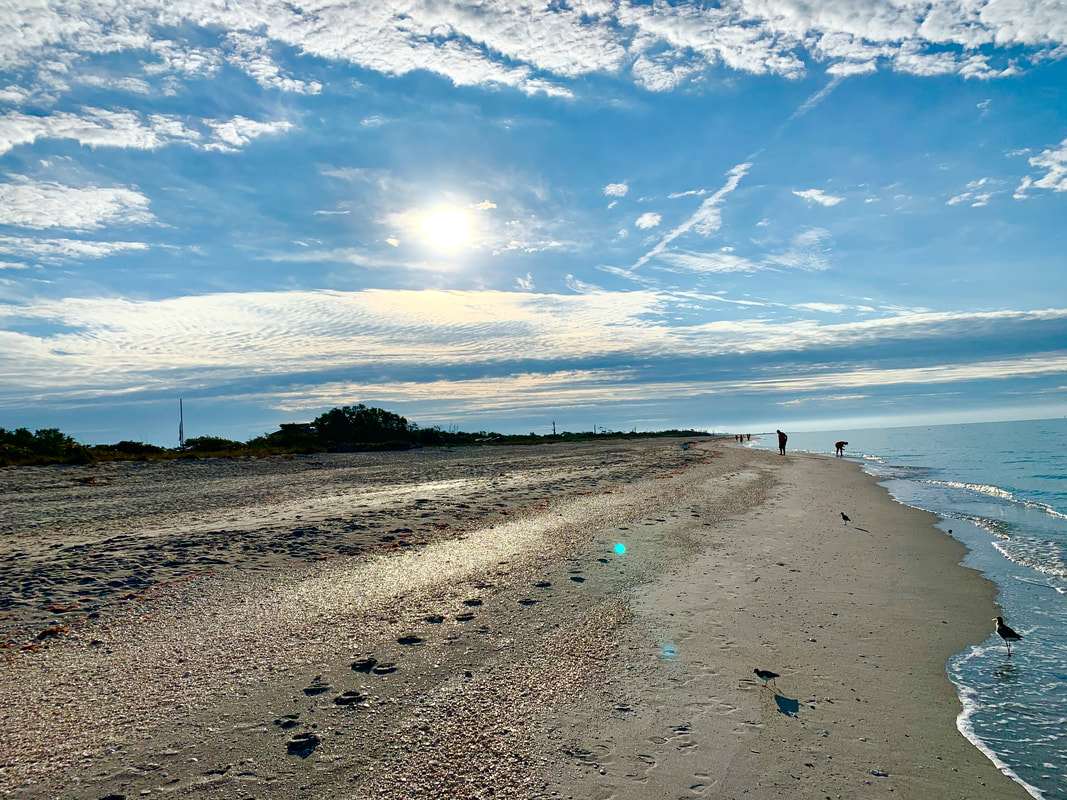
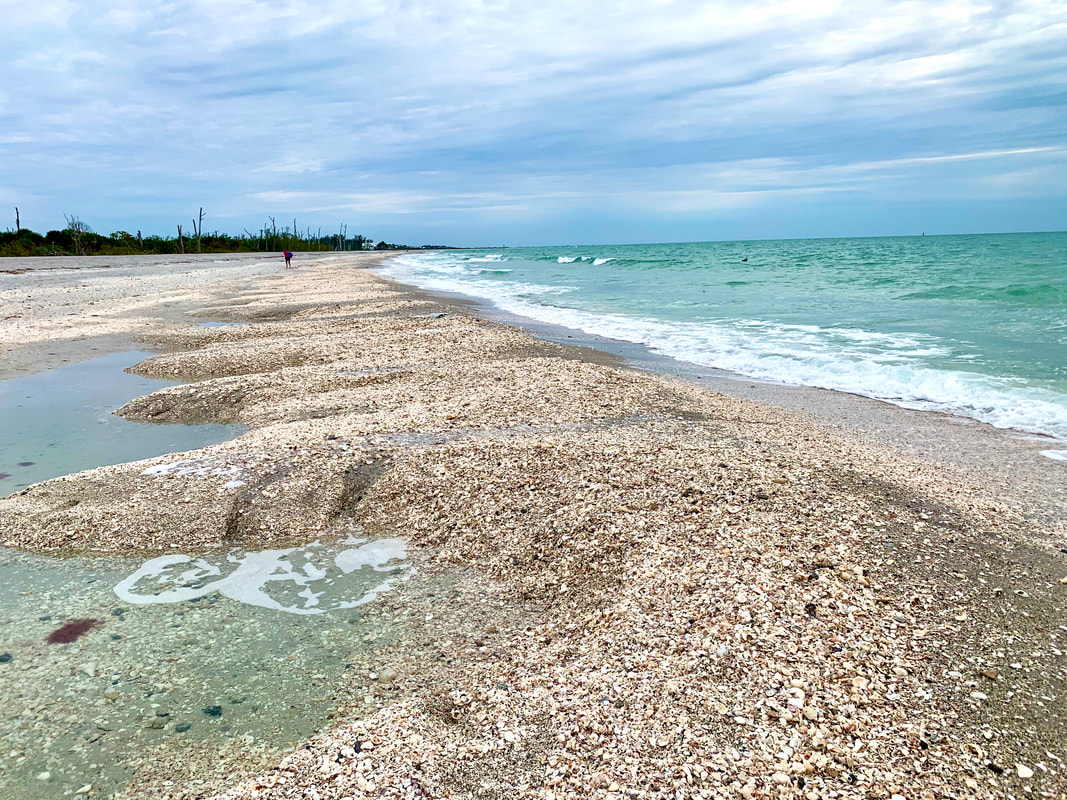


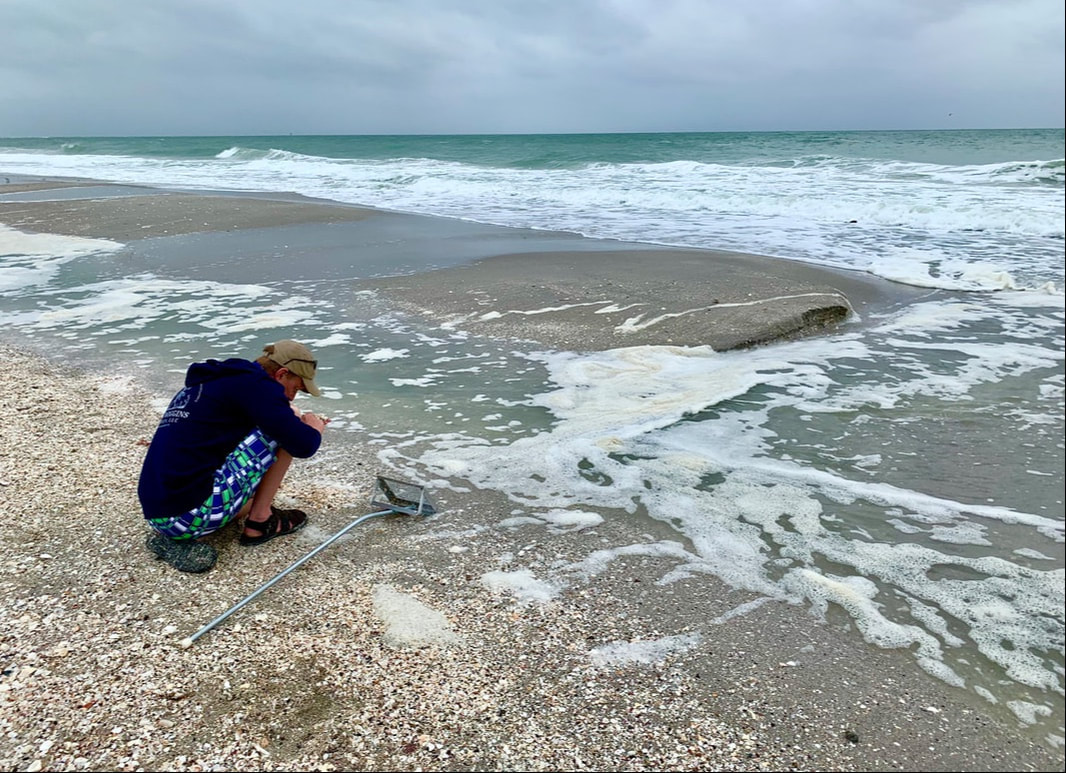

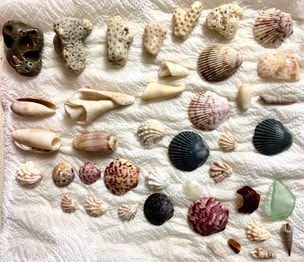
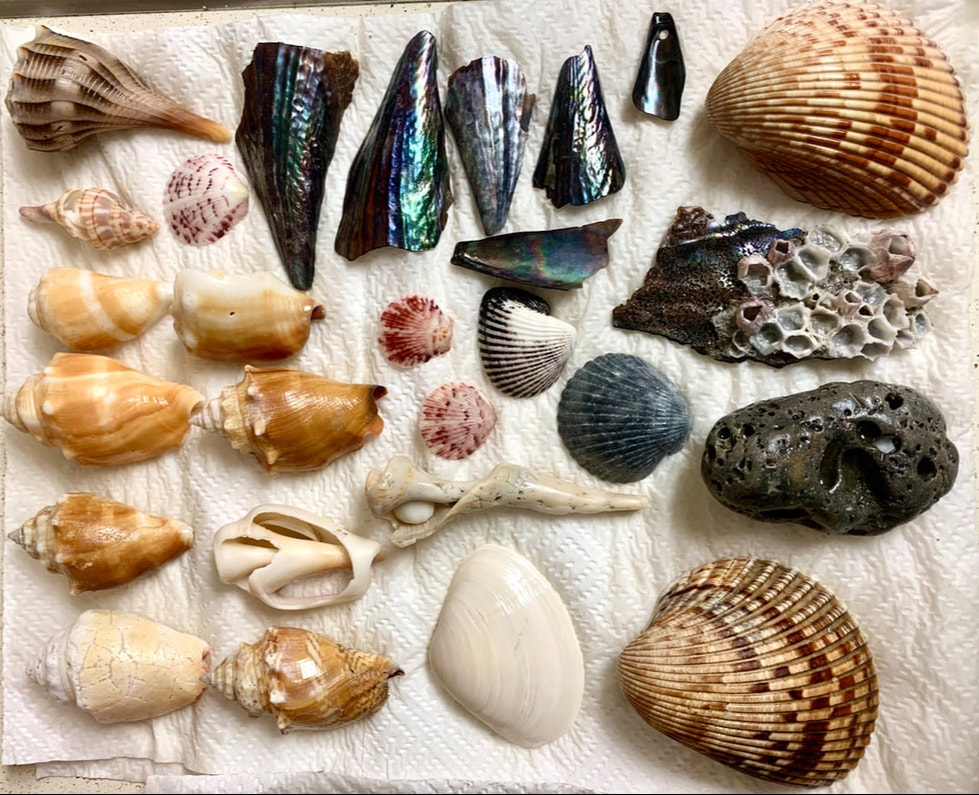
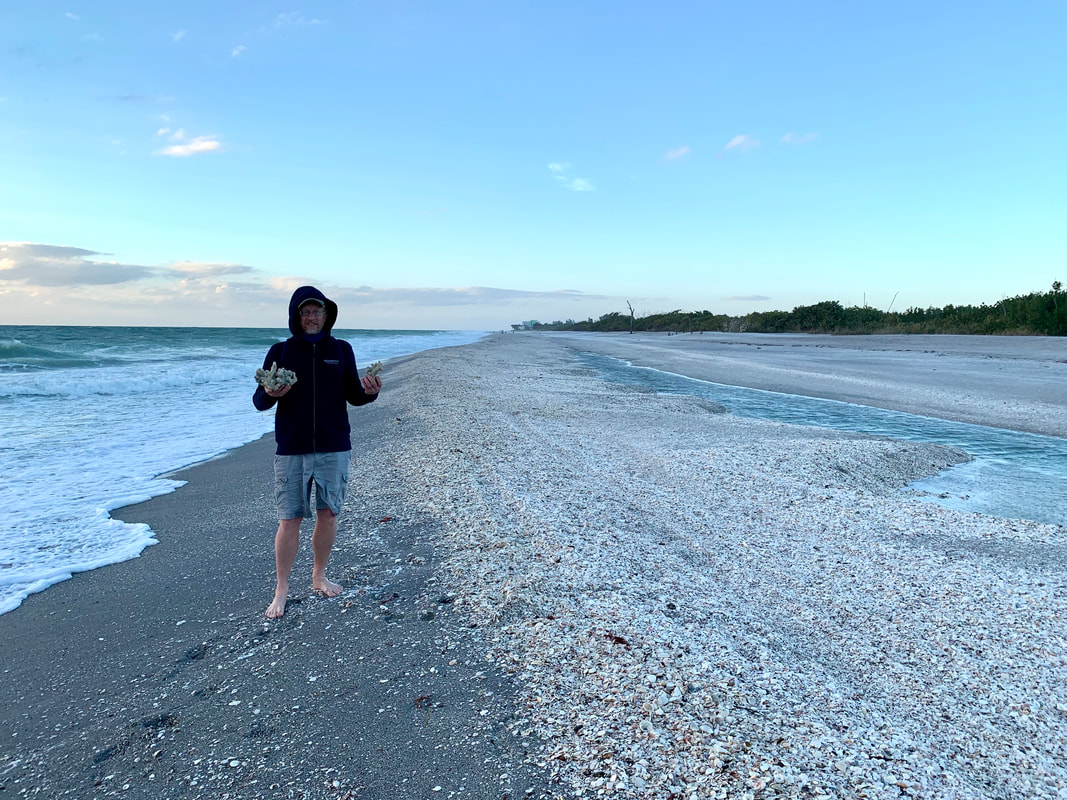


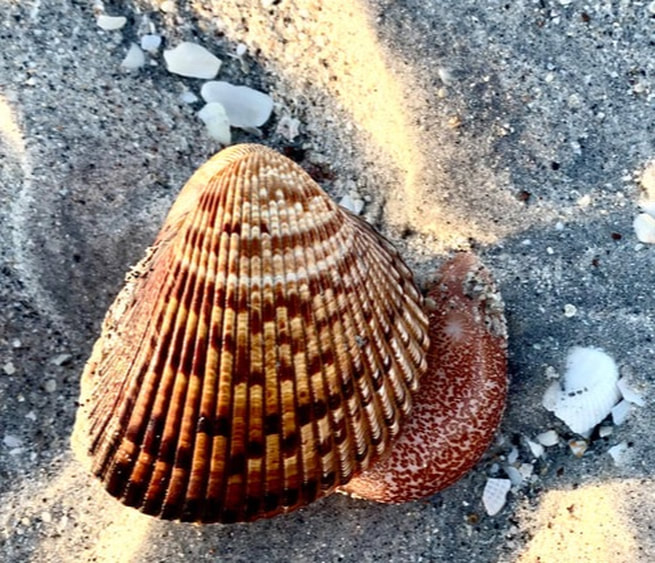
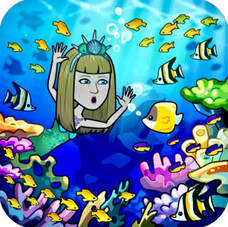
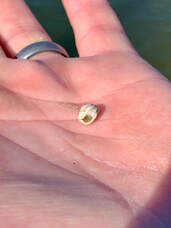
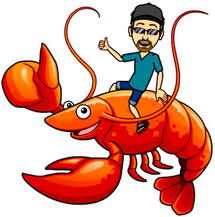
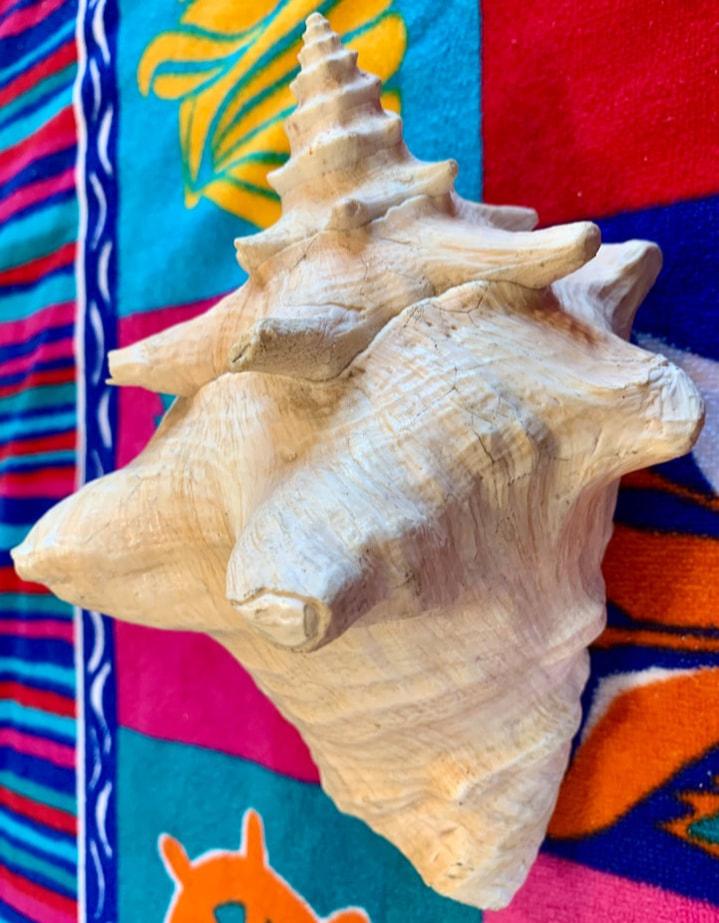
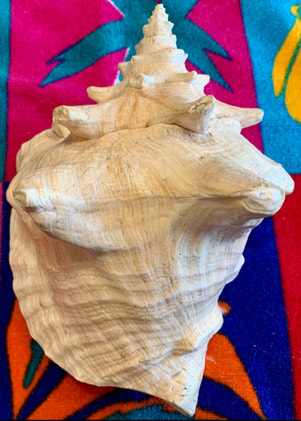
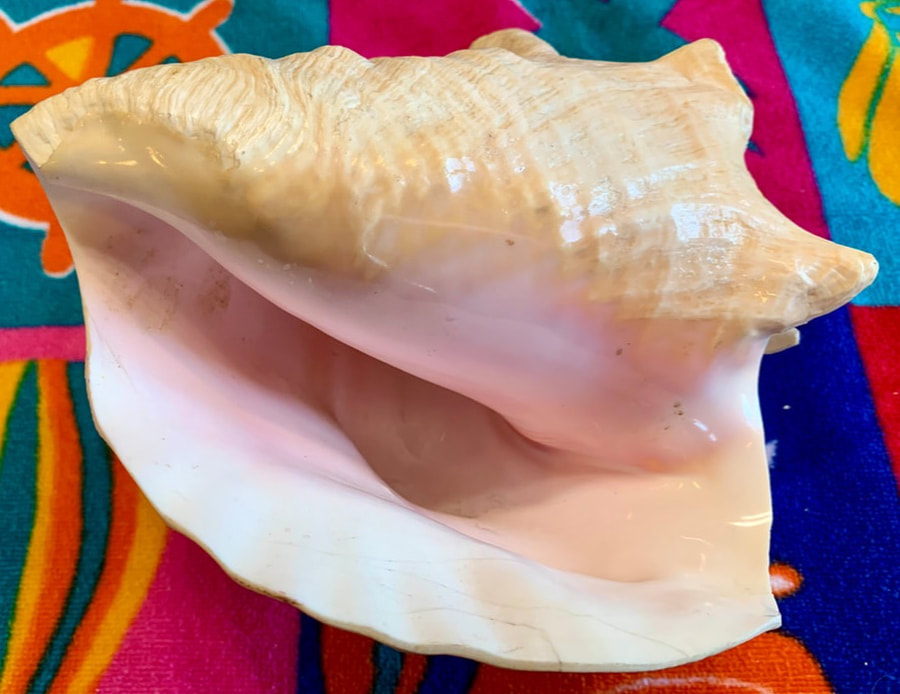
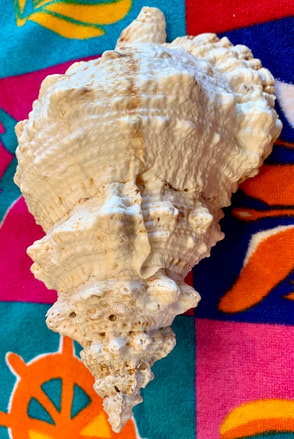
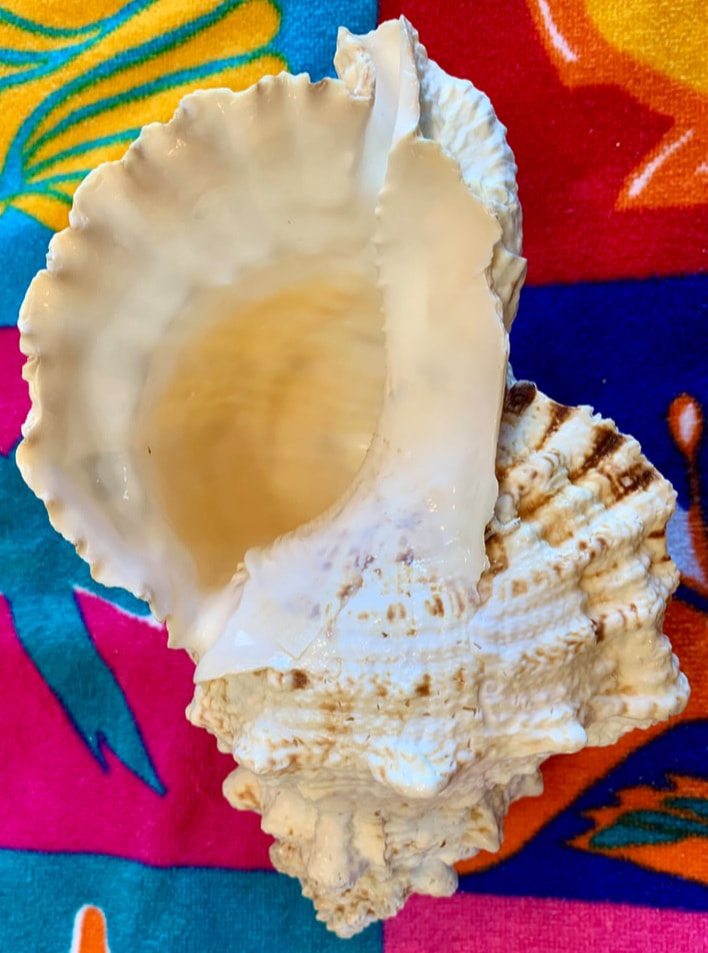
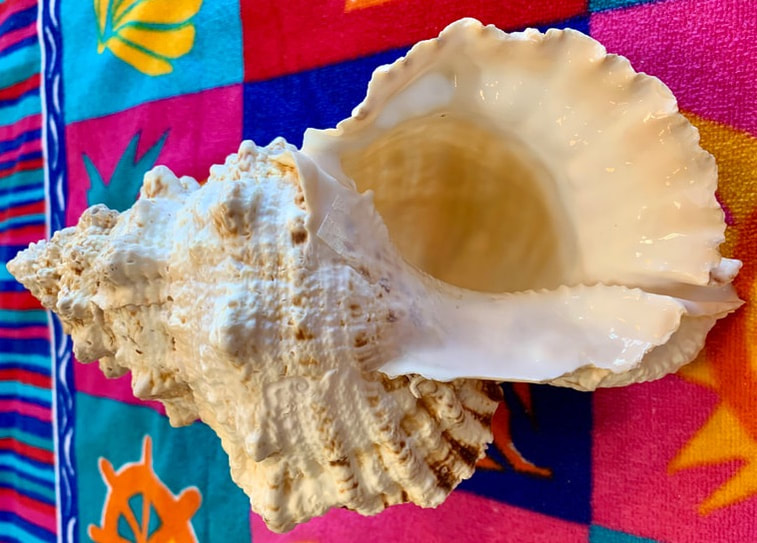
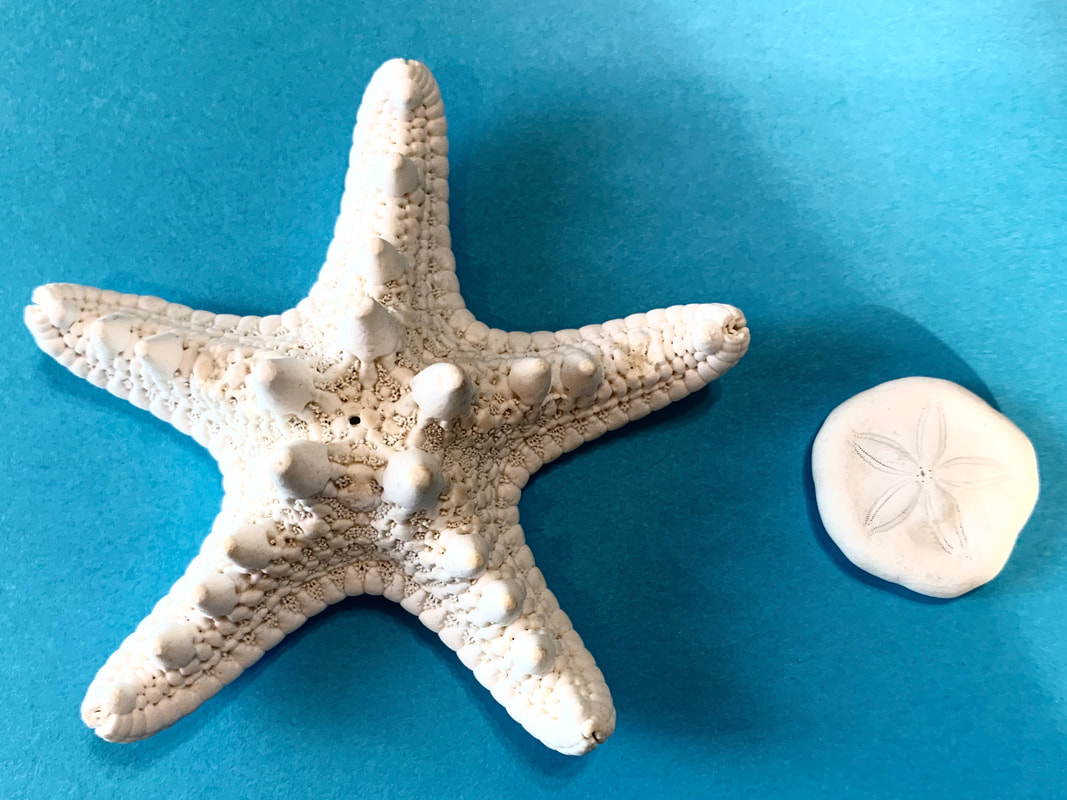
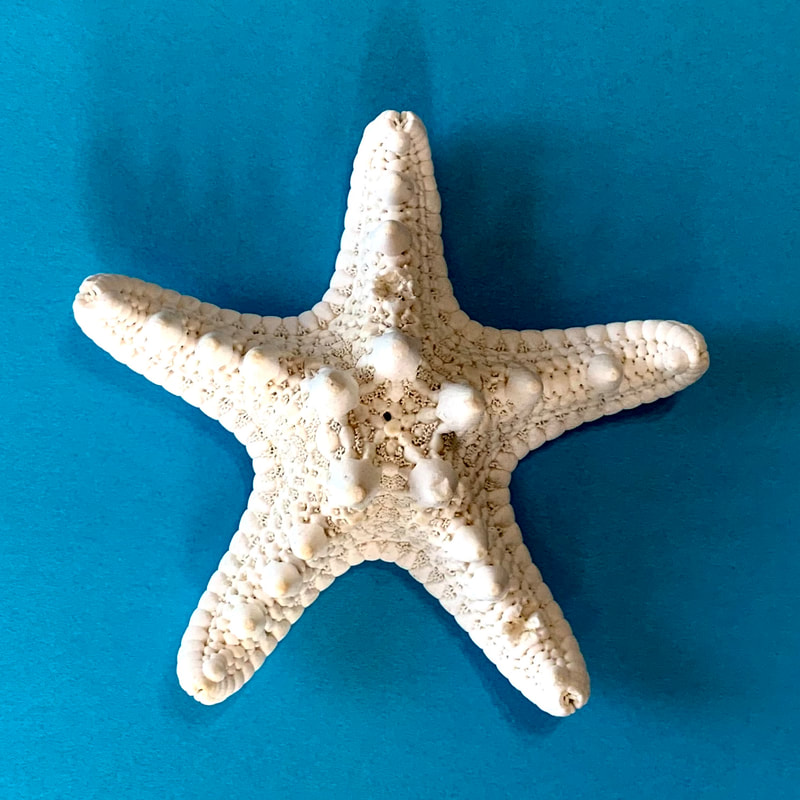
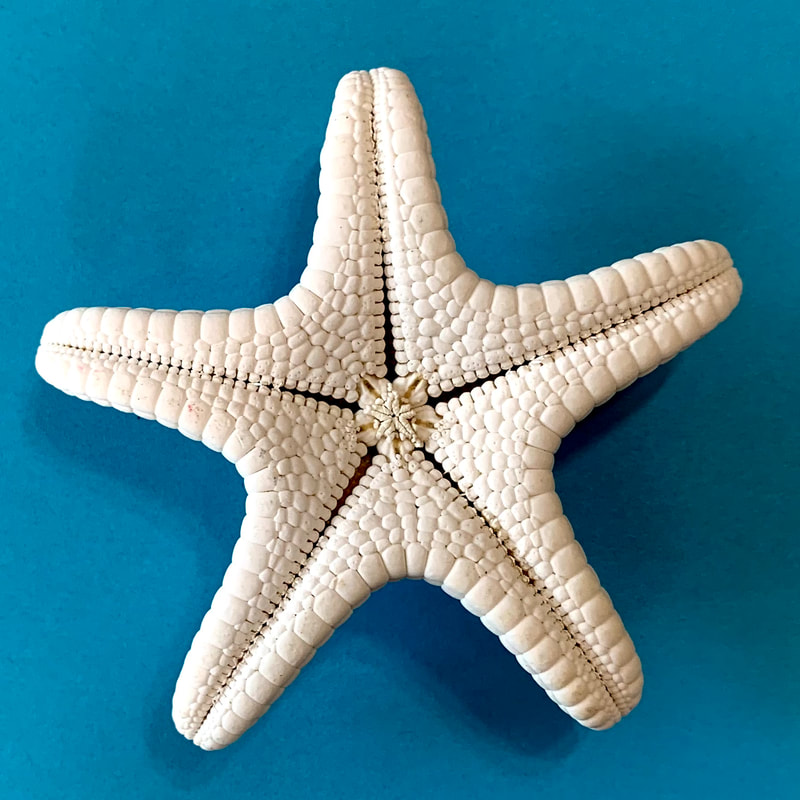
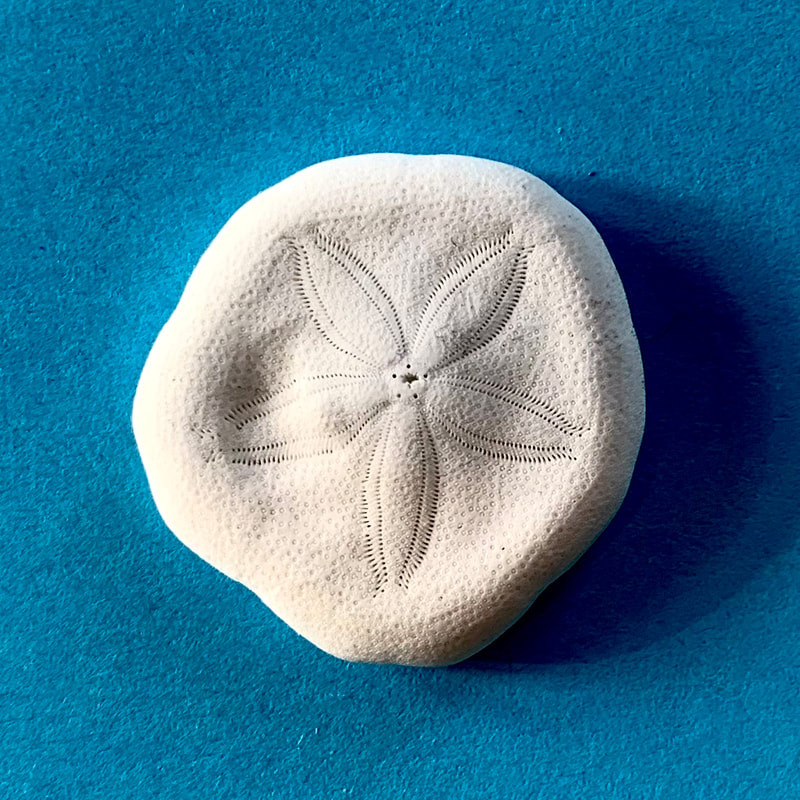
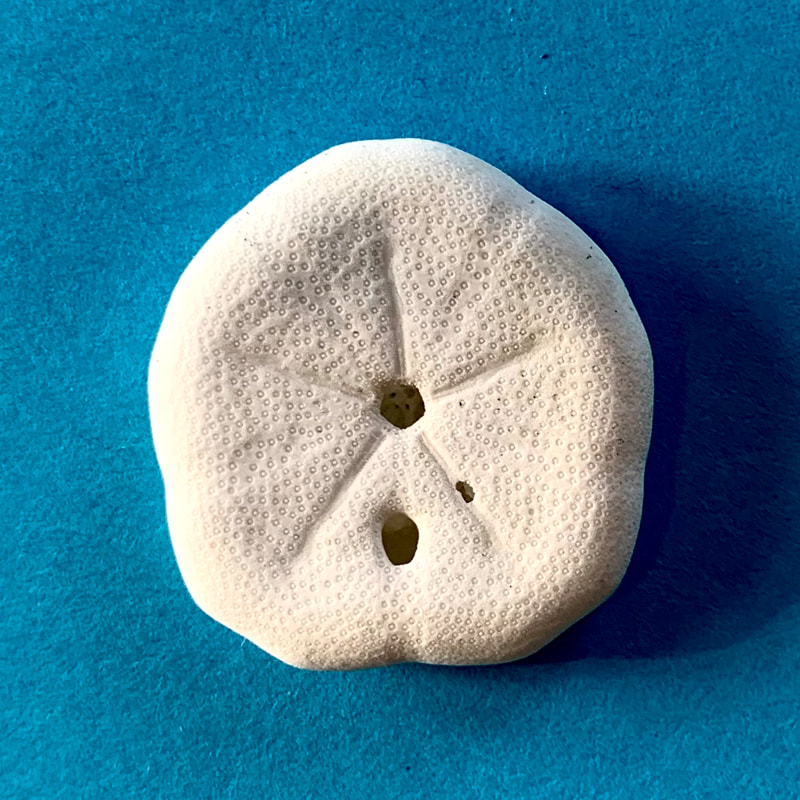
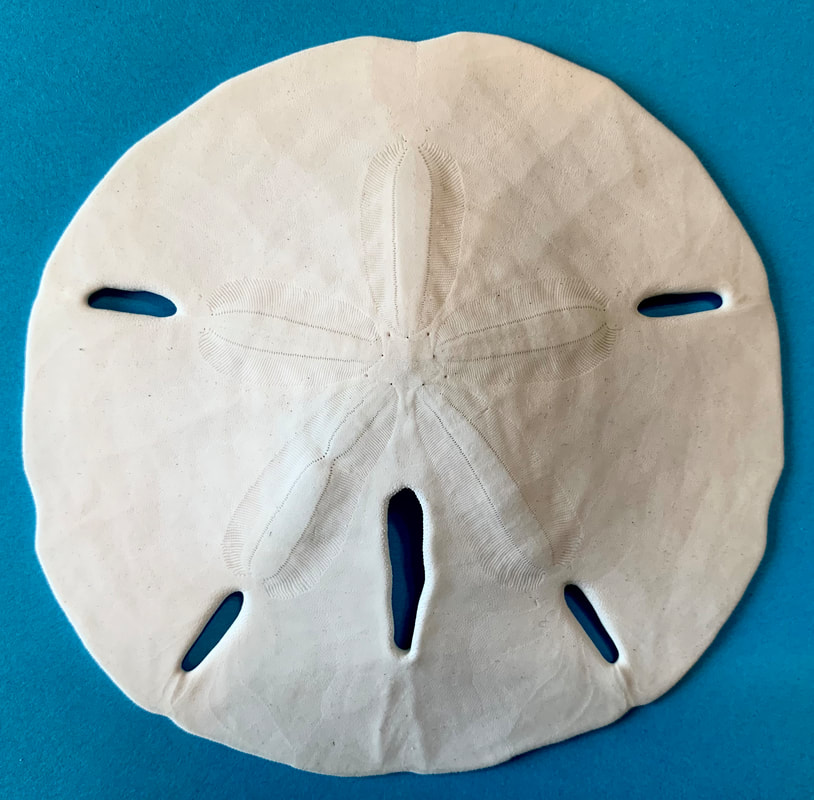
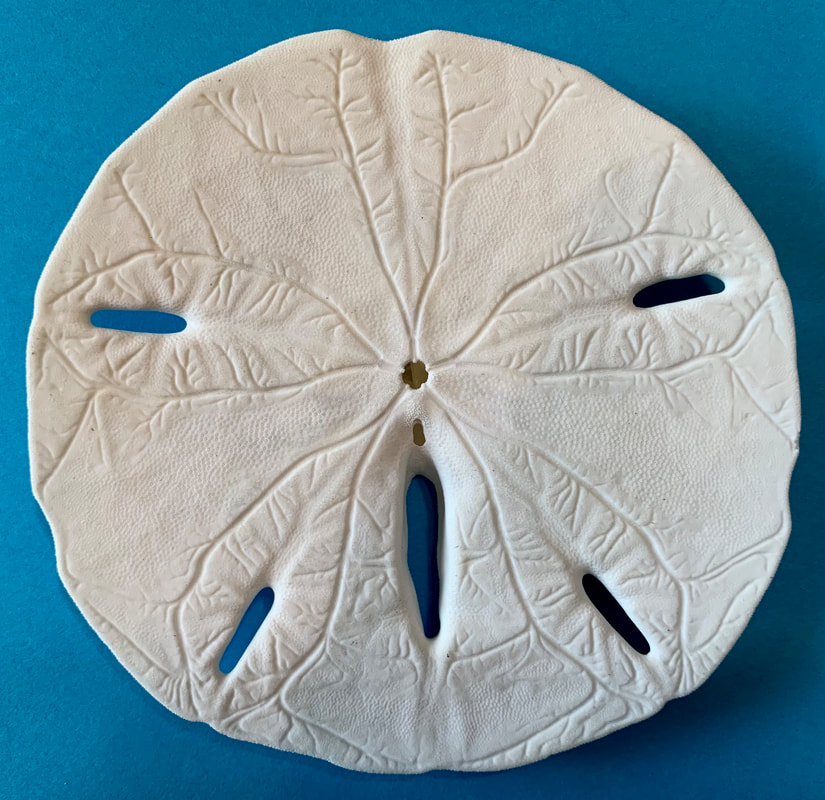
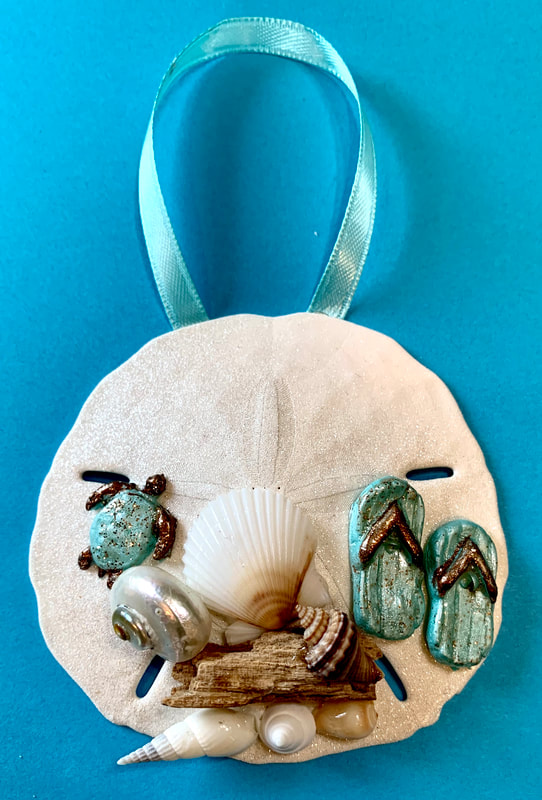
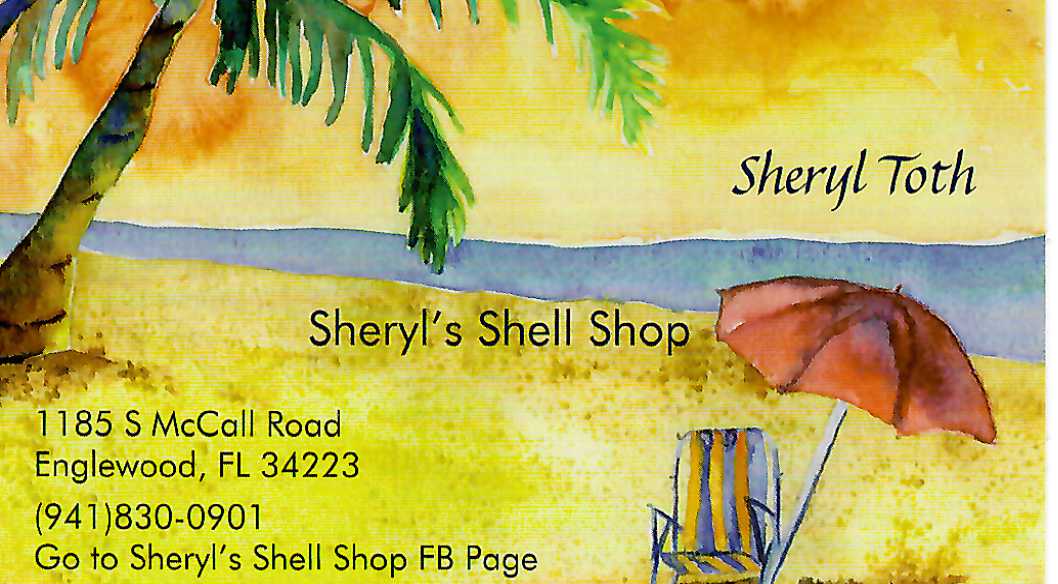
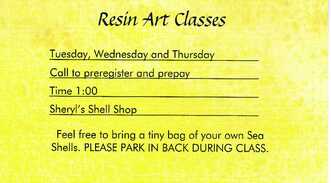
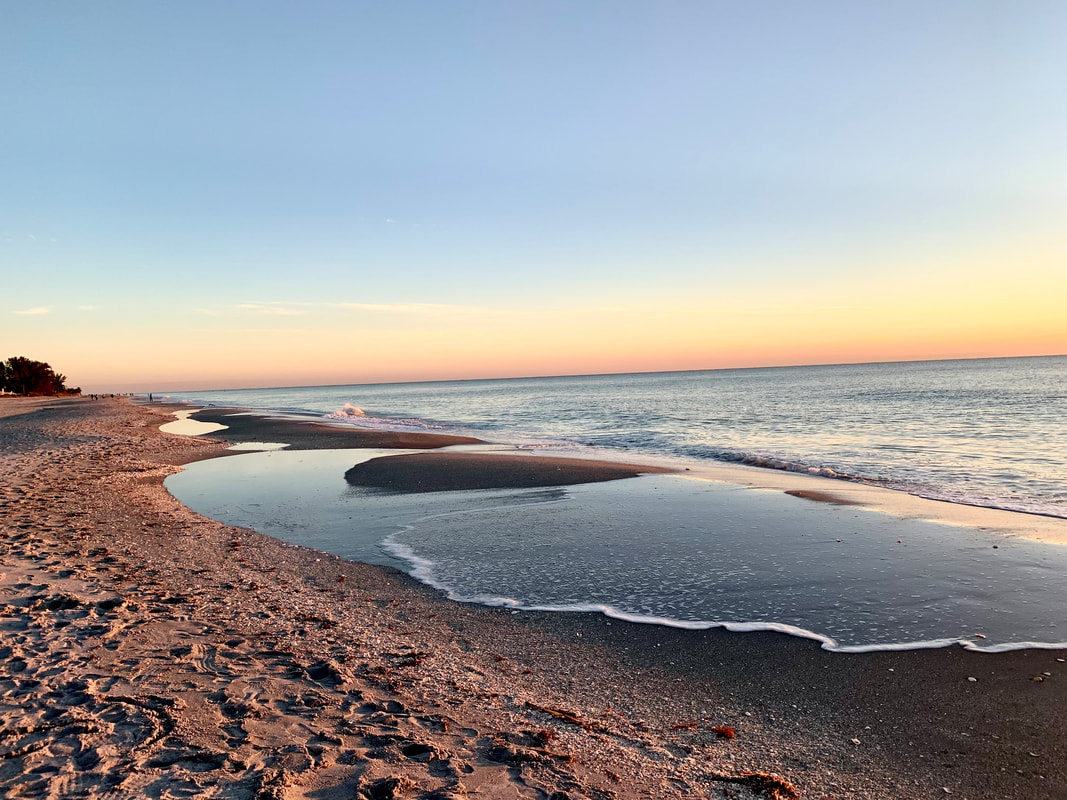
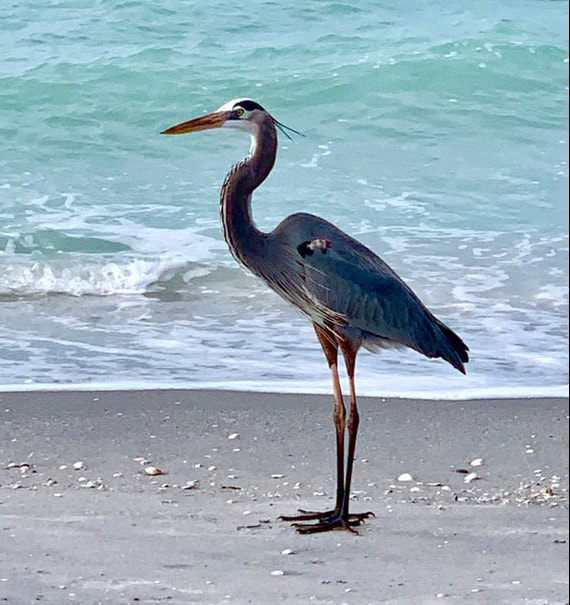
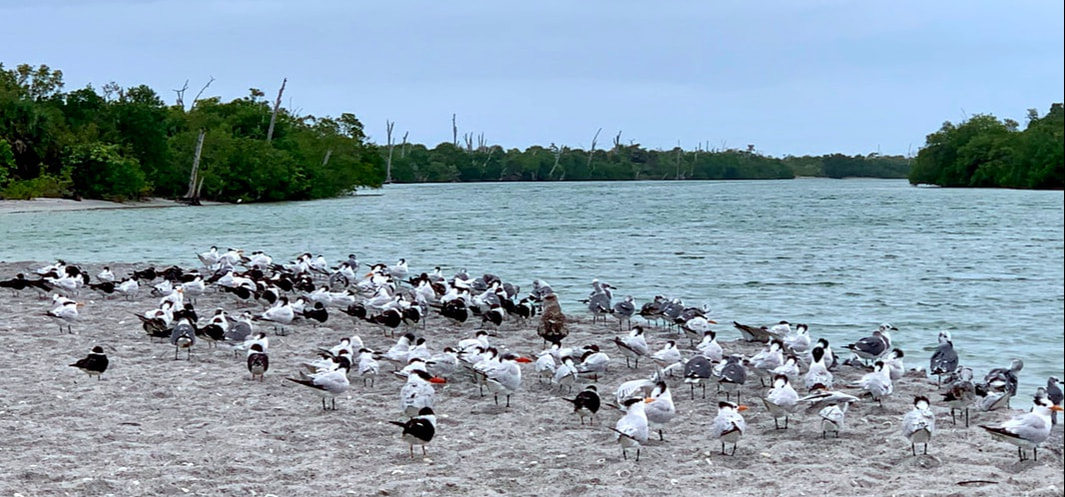
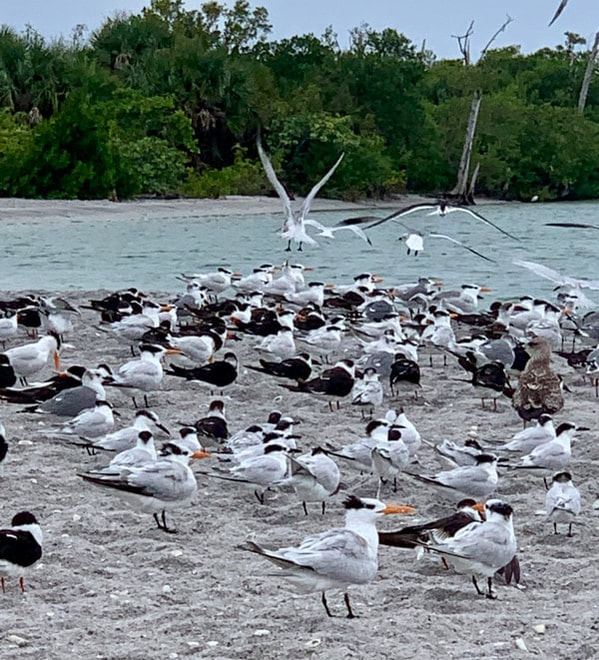
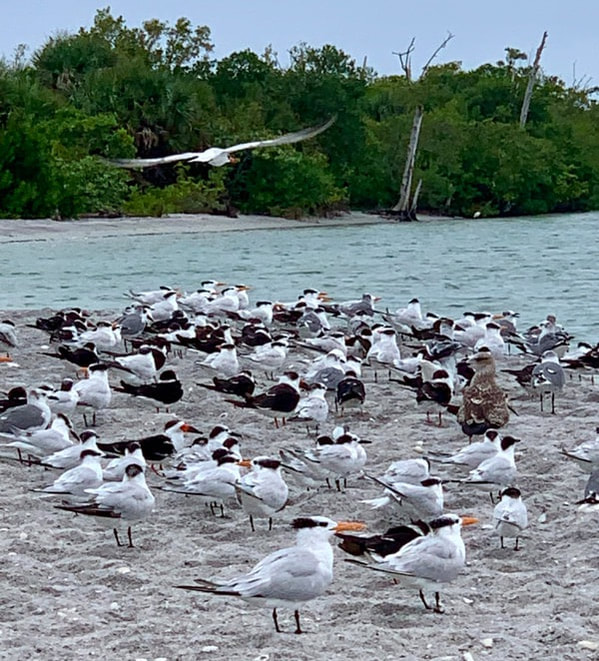
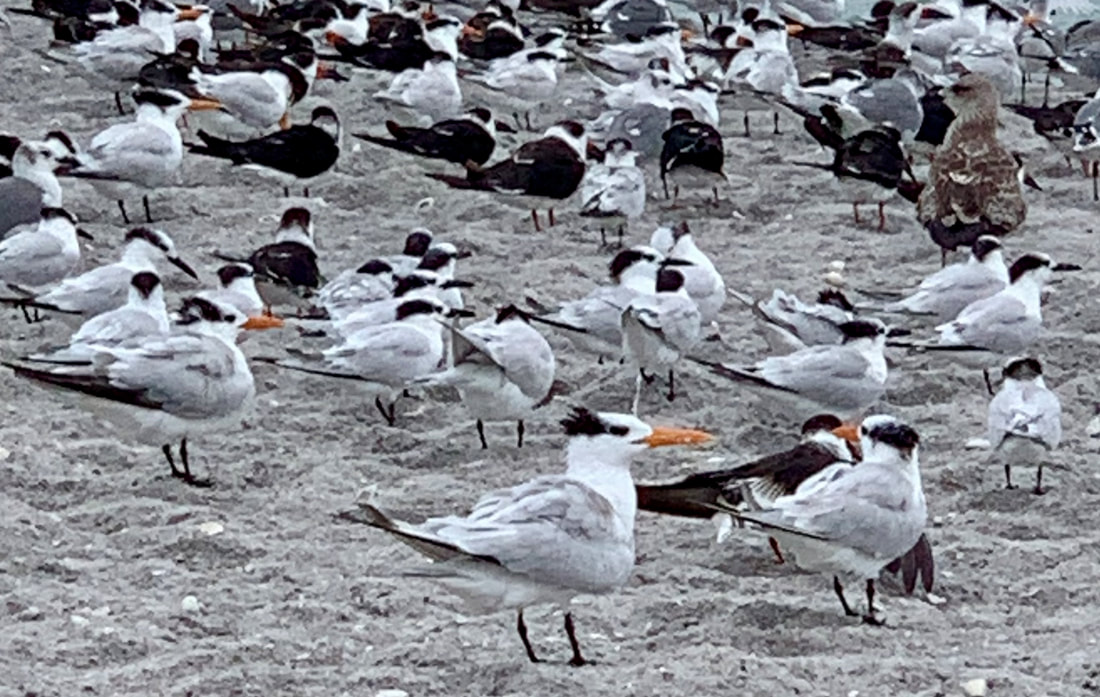
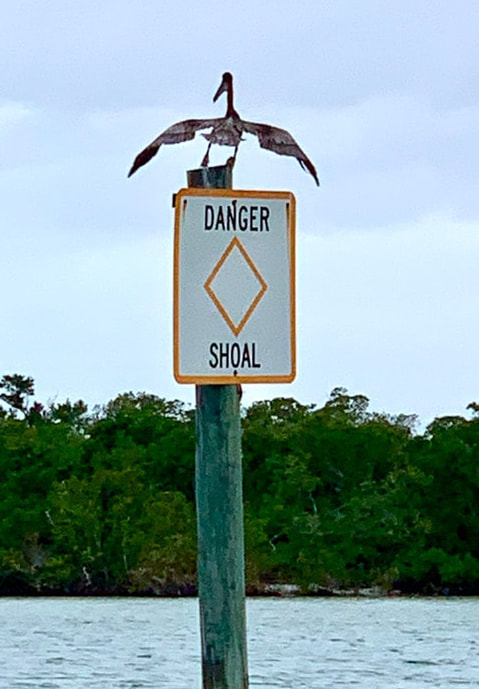
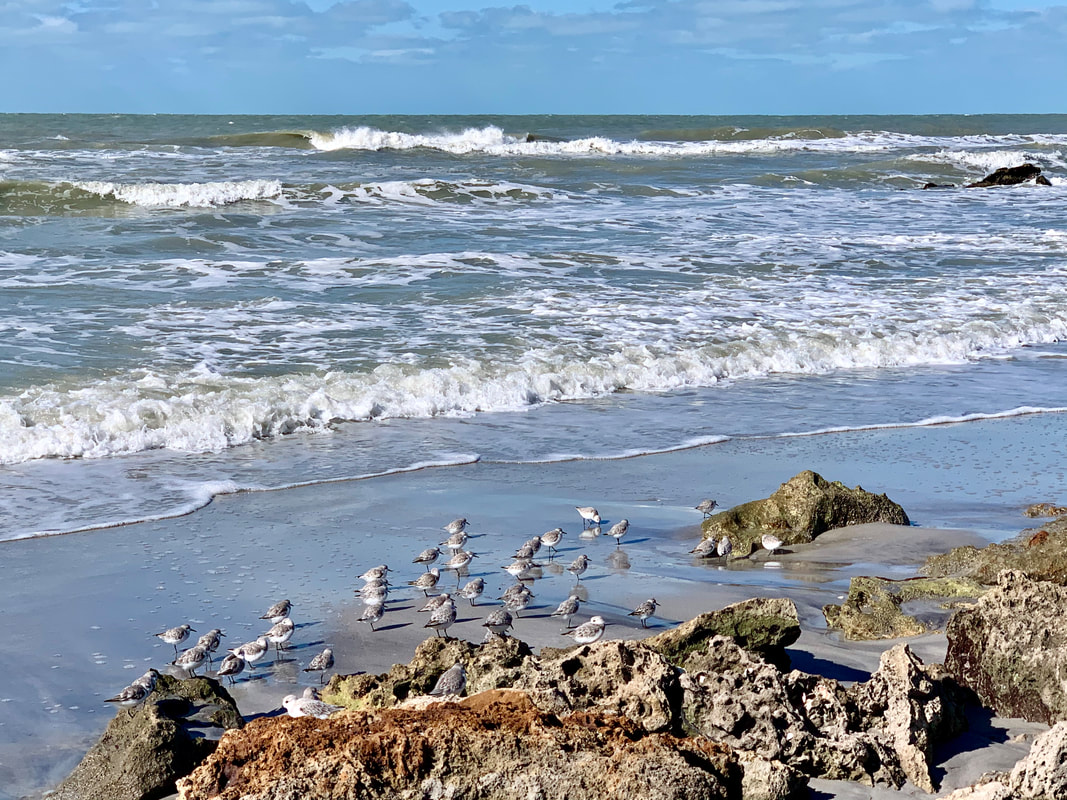
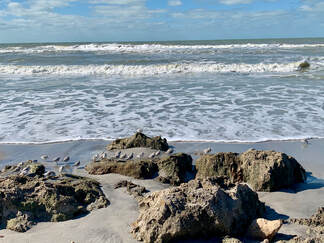
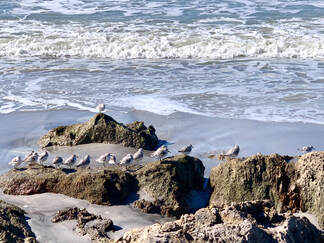
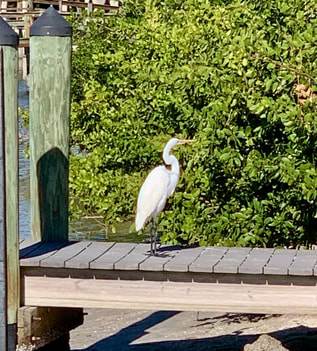

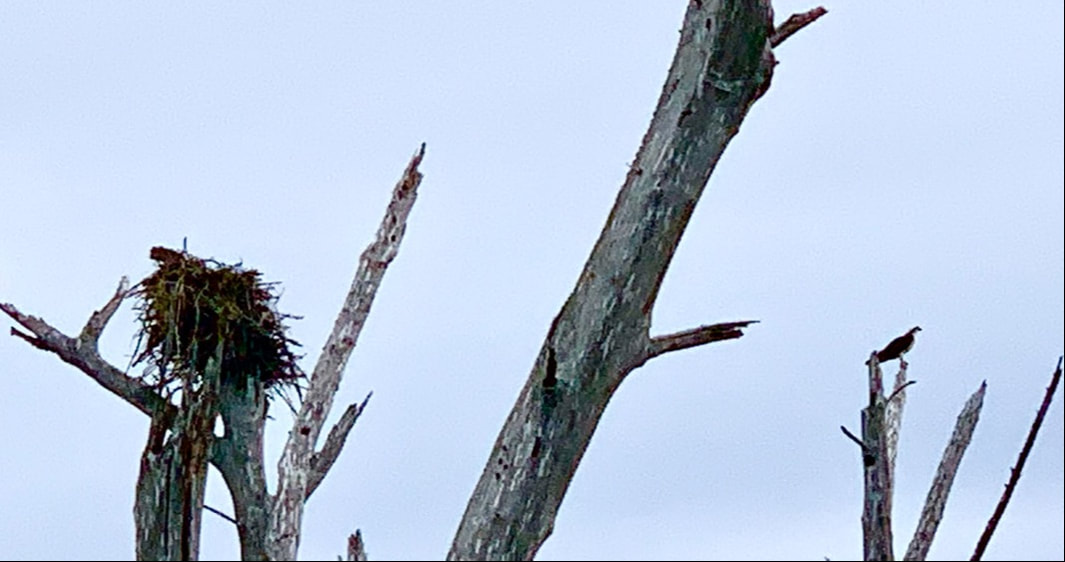
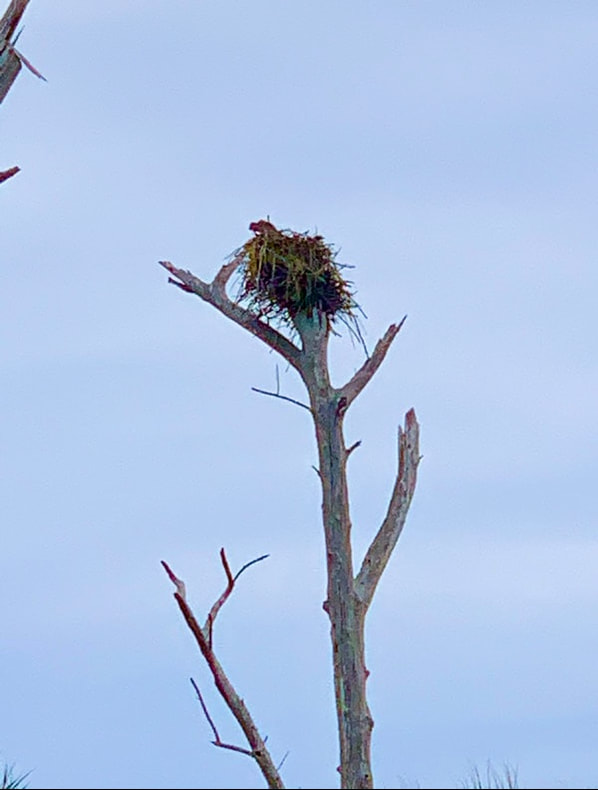
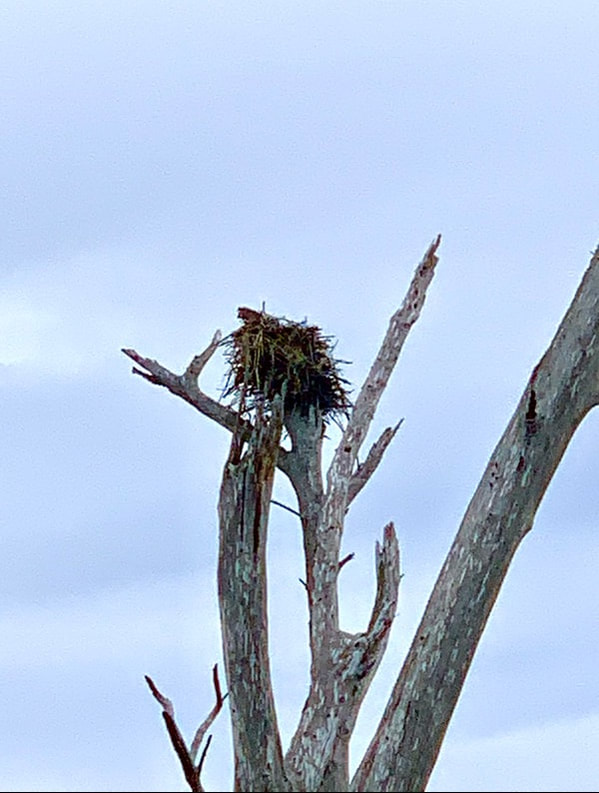
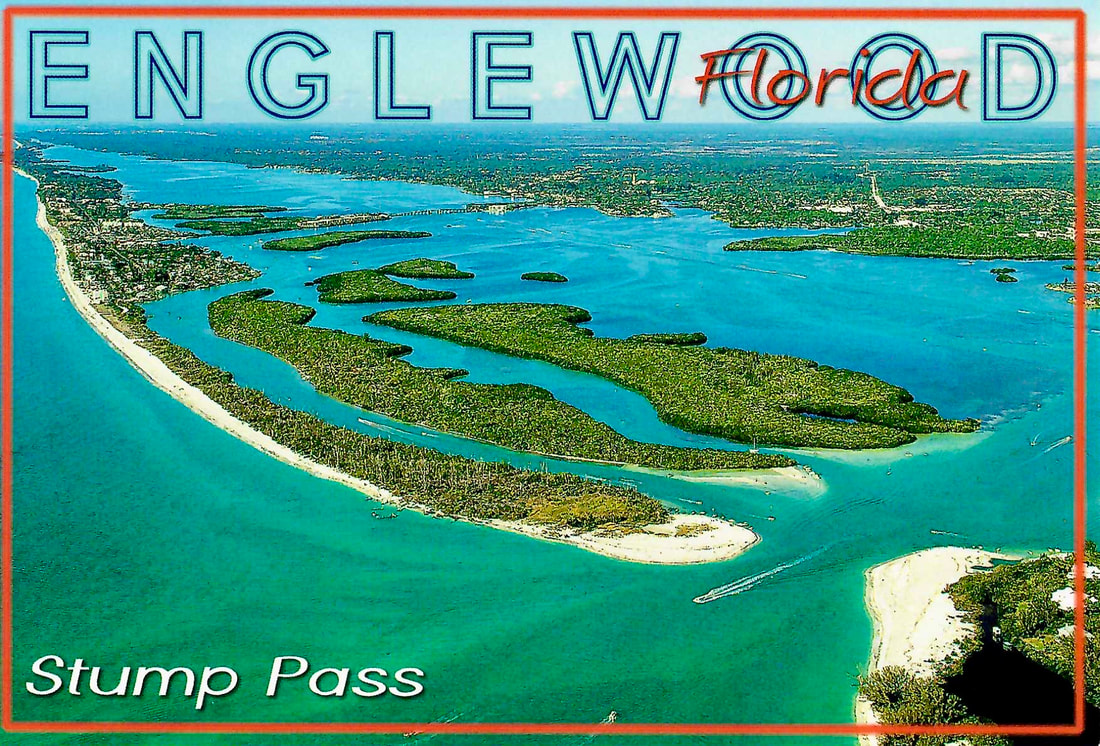
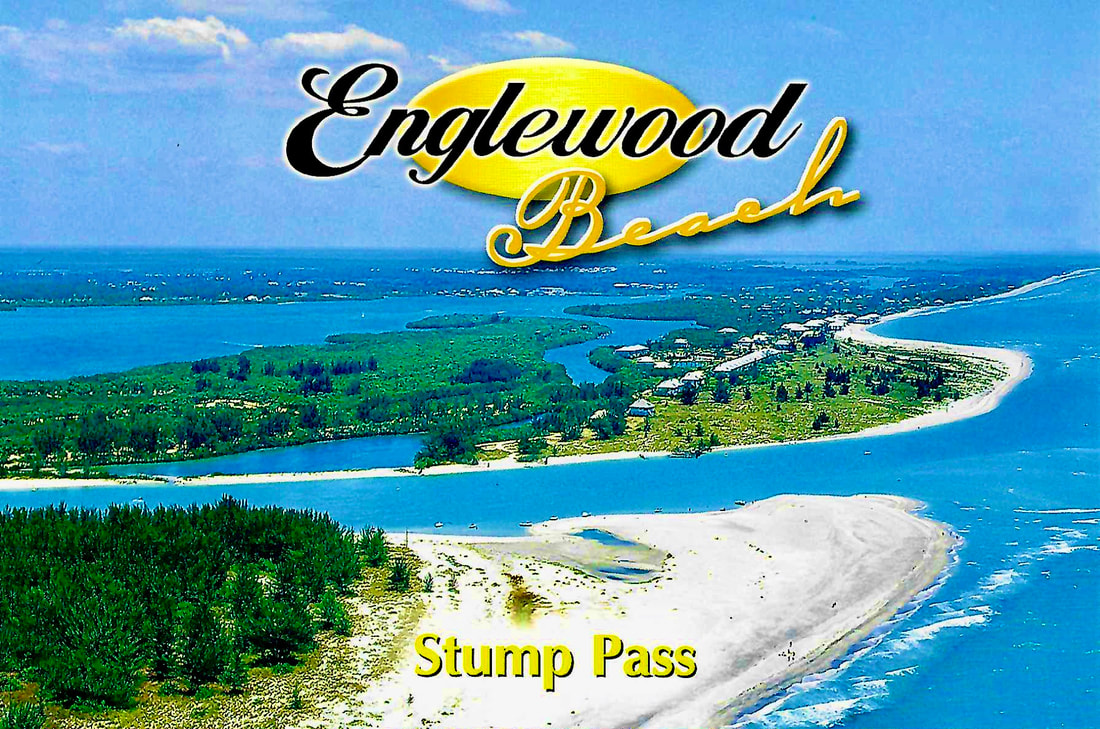
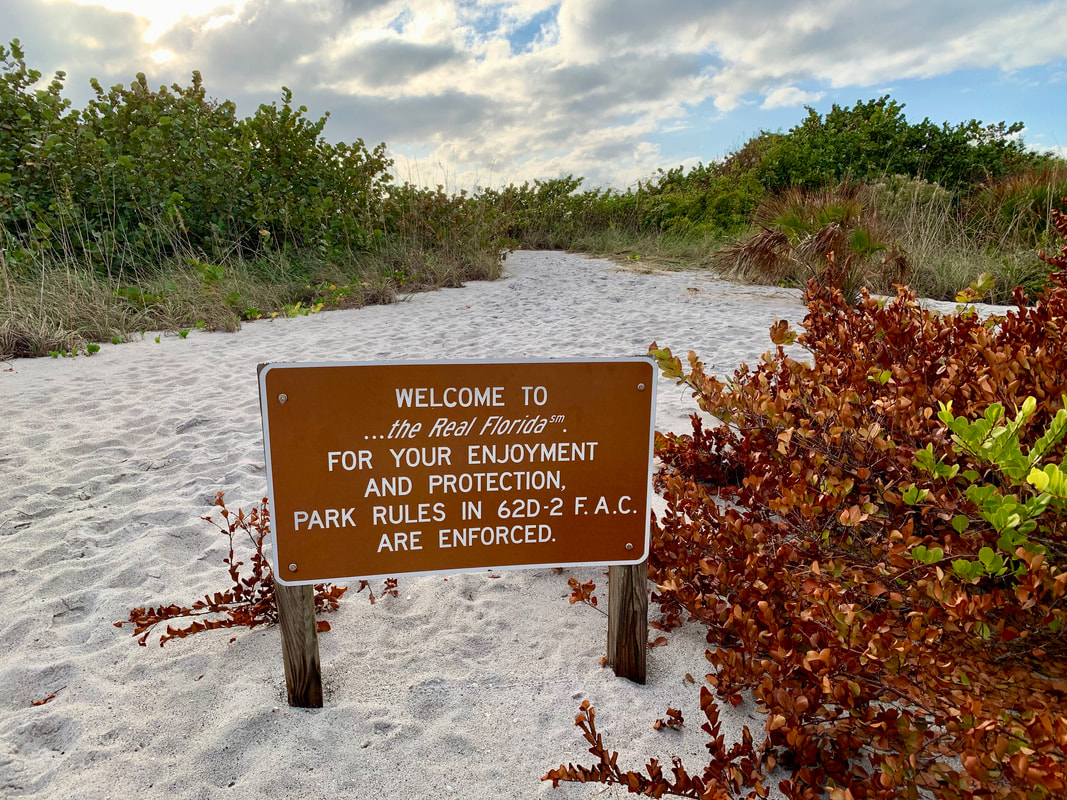
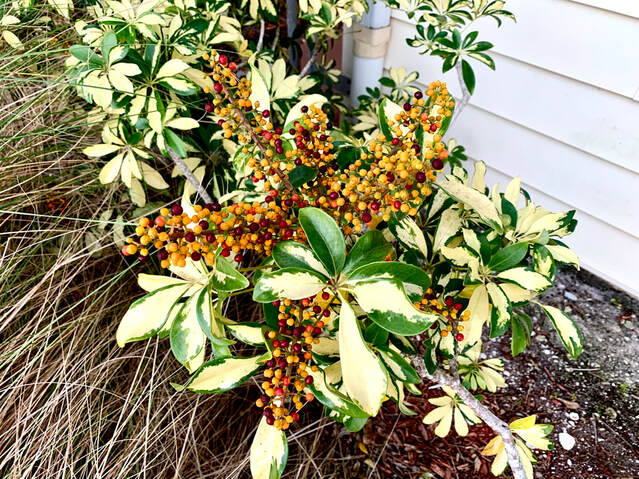
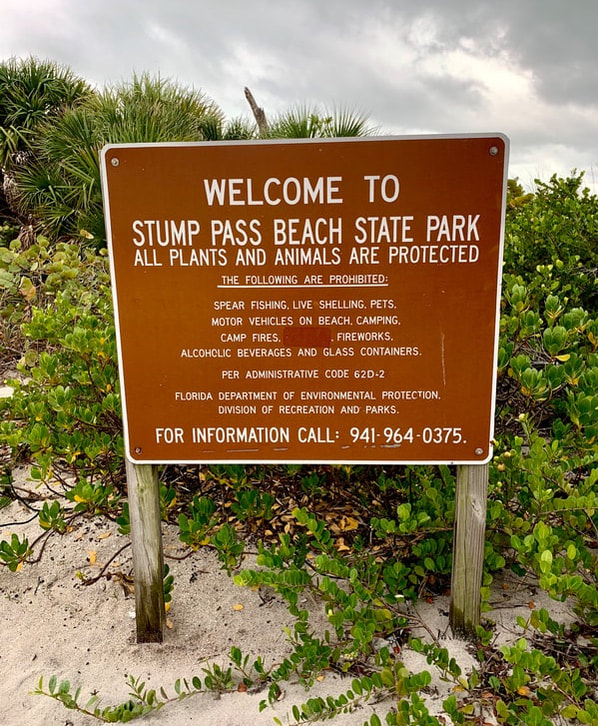
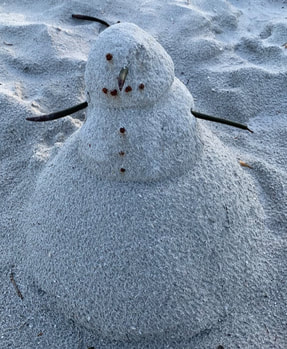

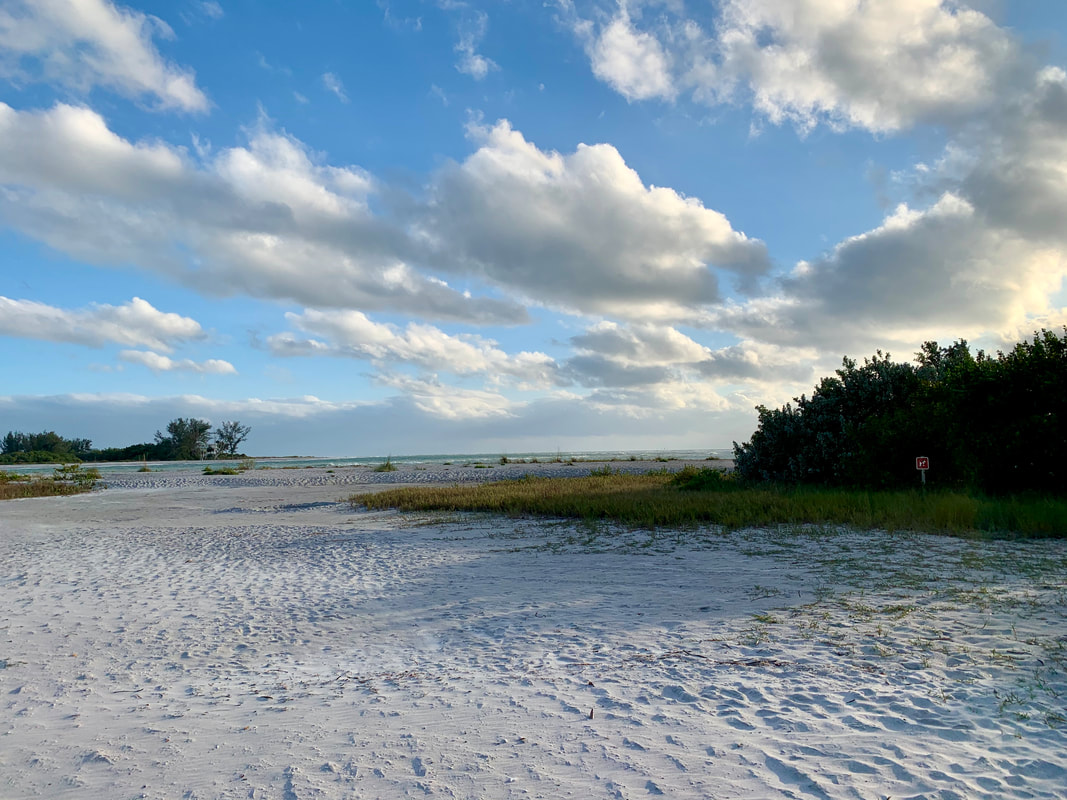
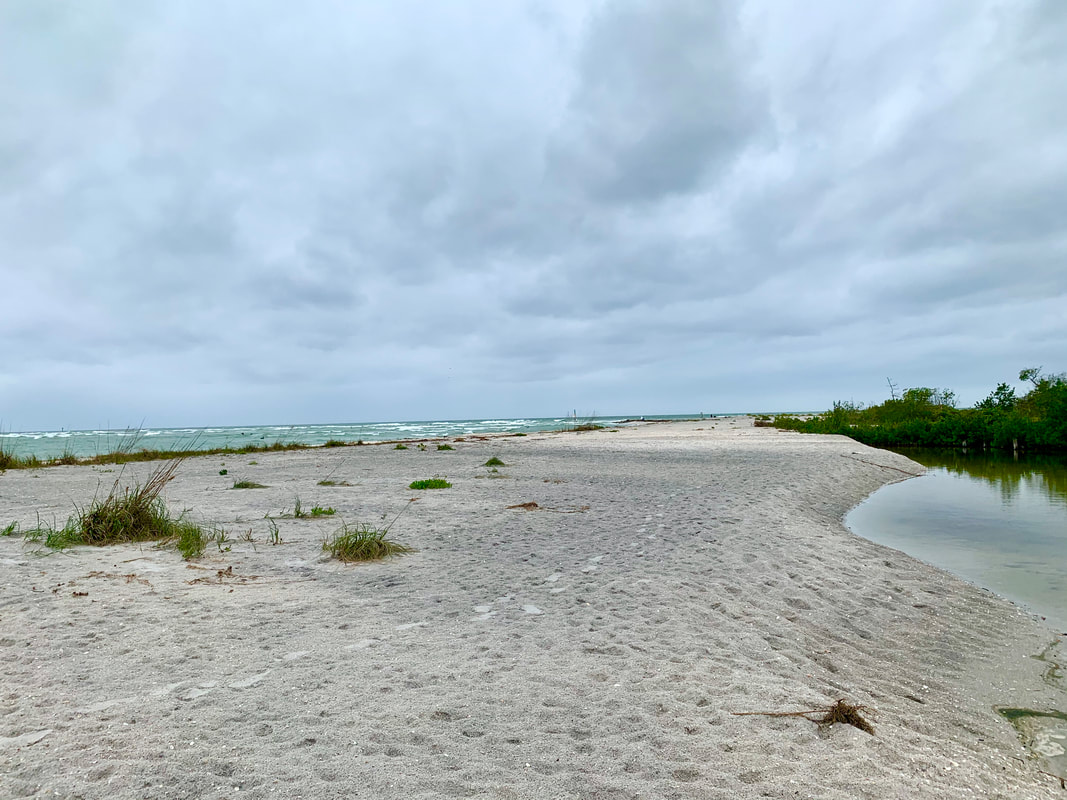
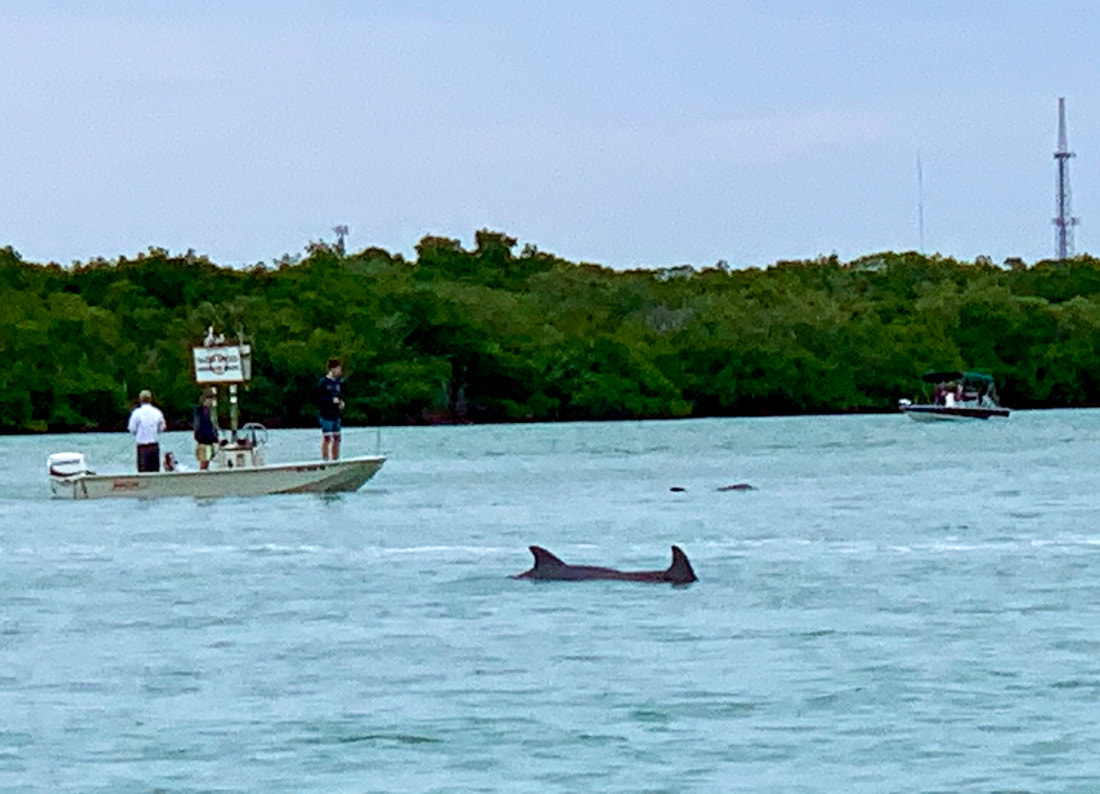
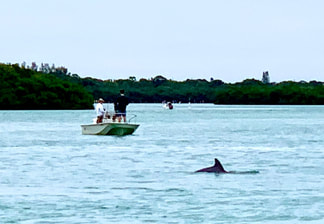
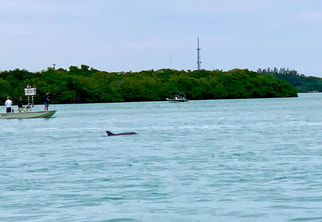
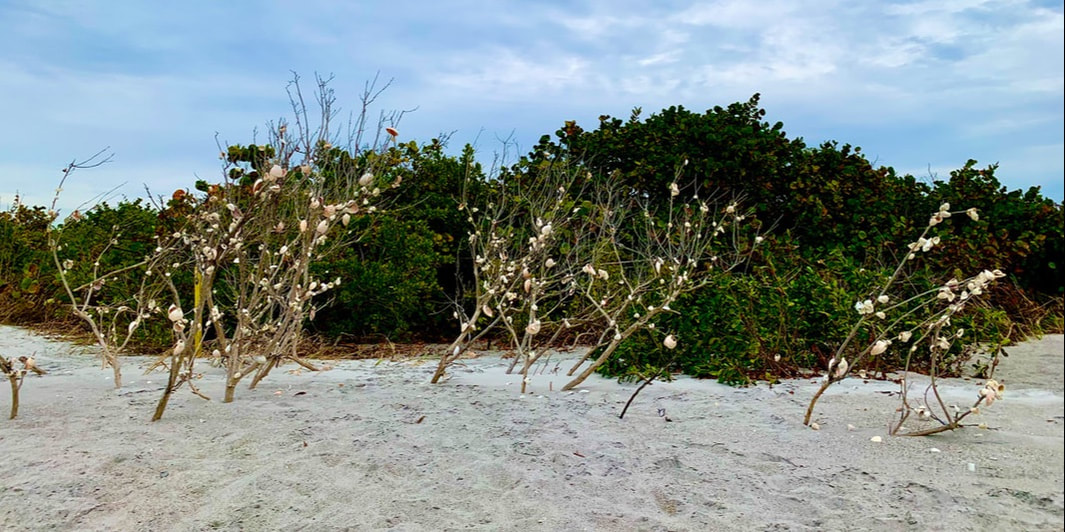
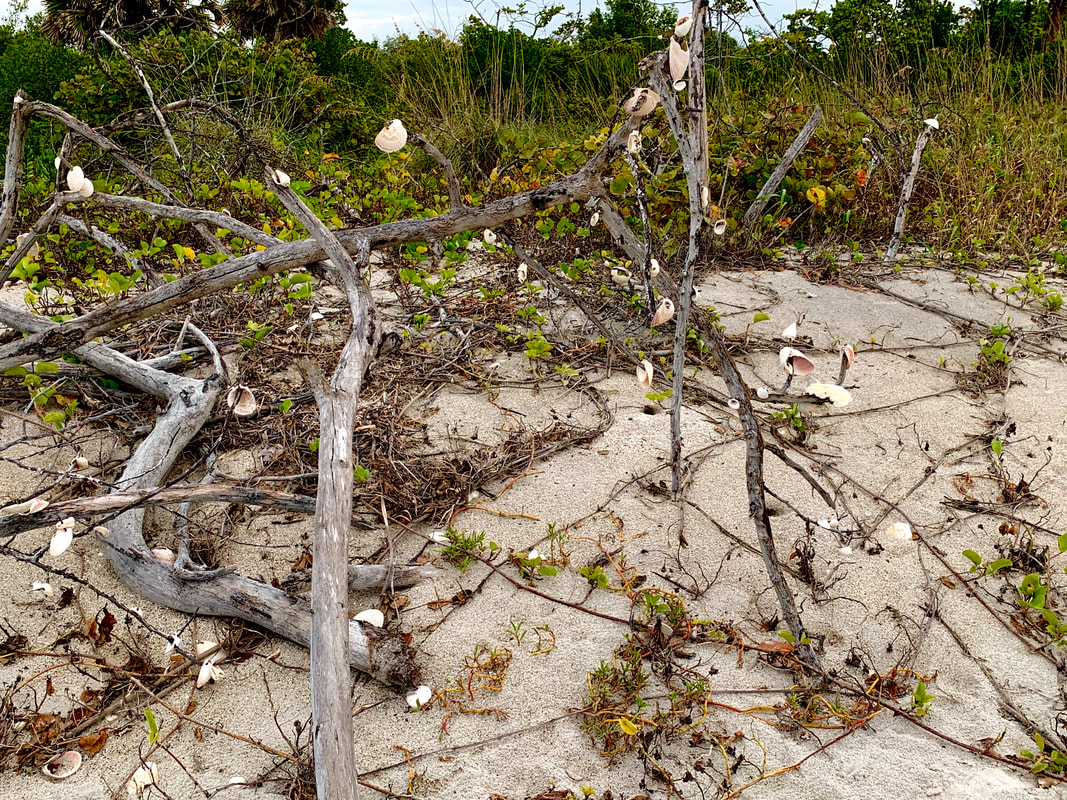
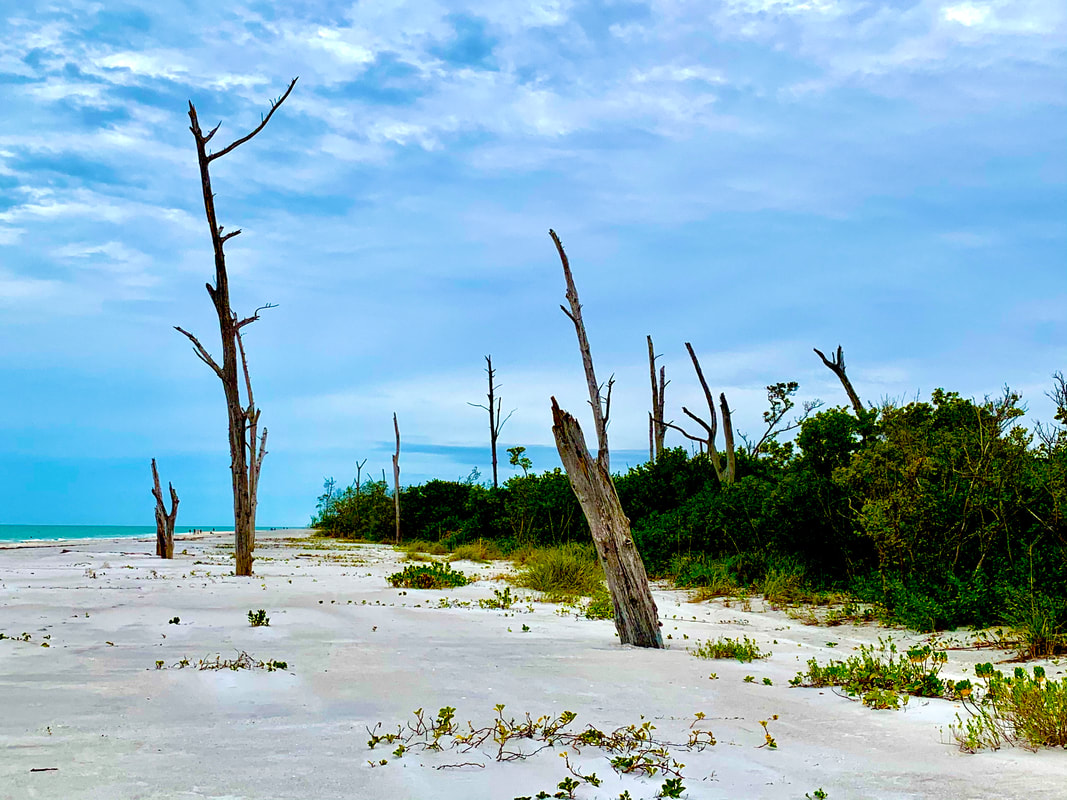


 RSS Feed
RSS Feed

